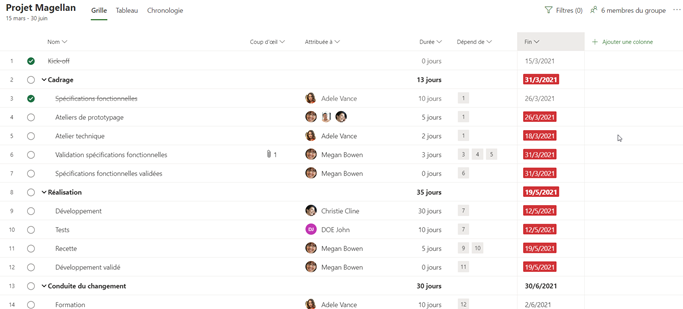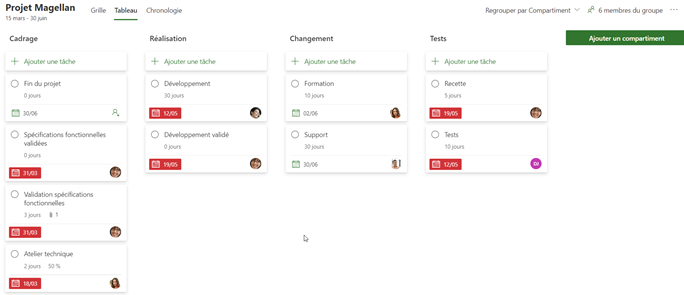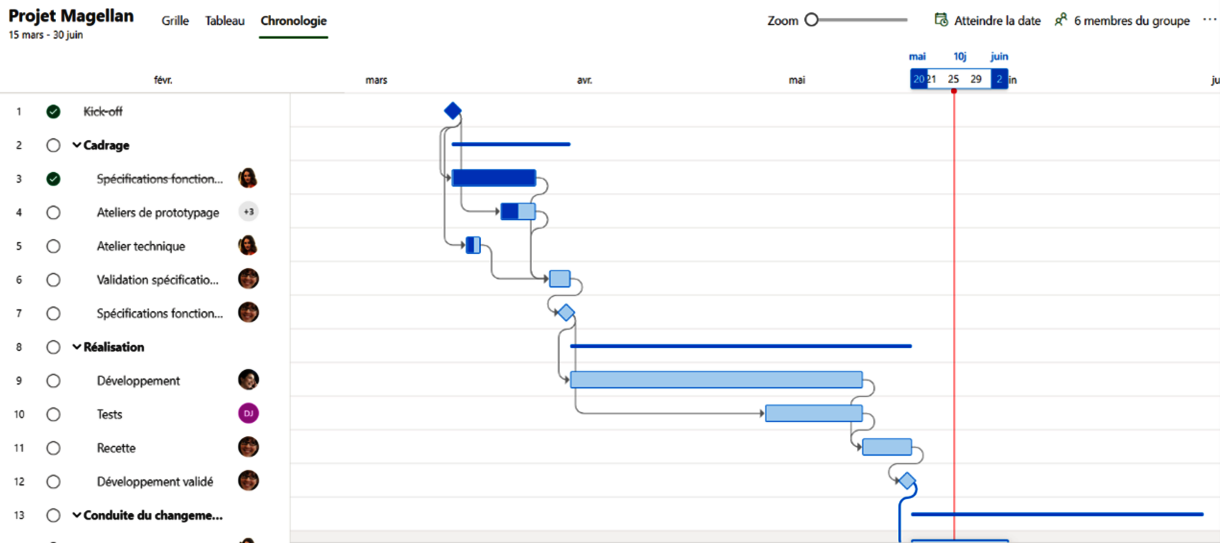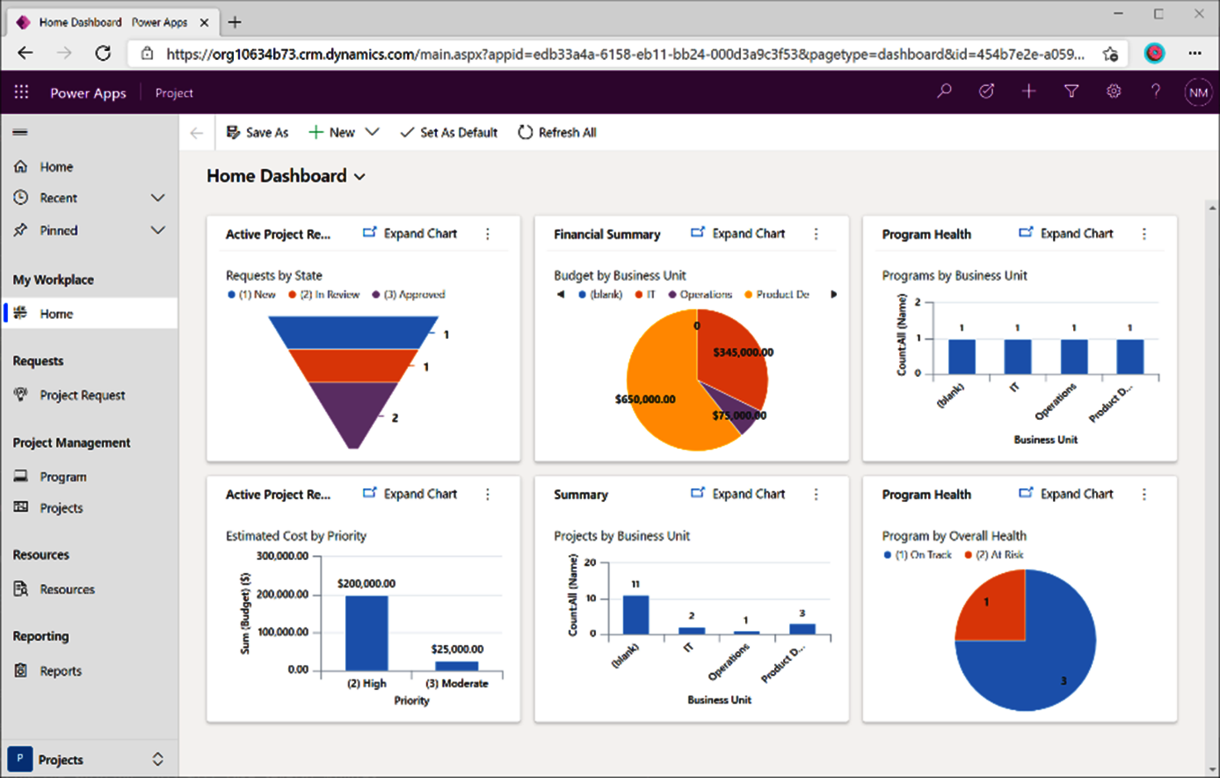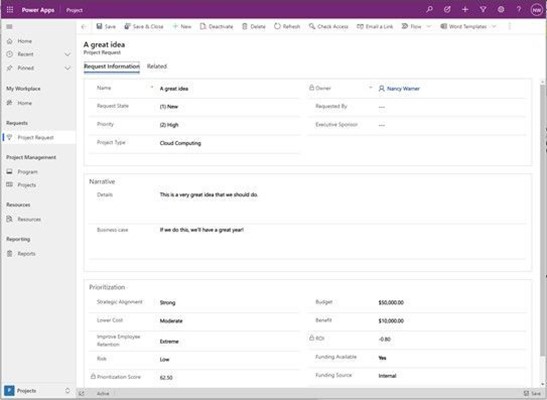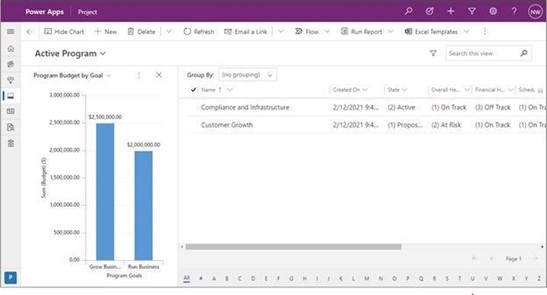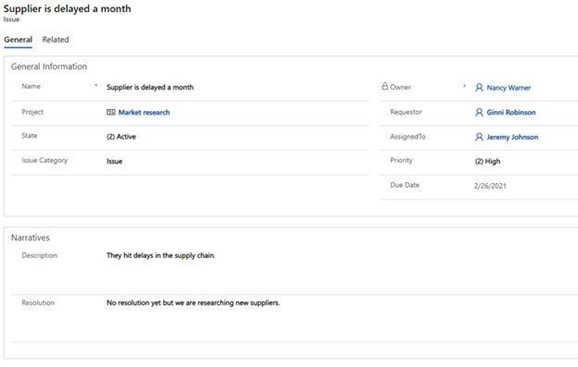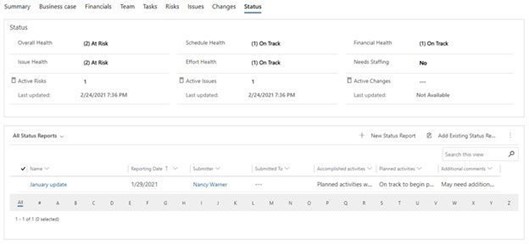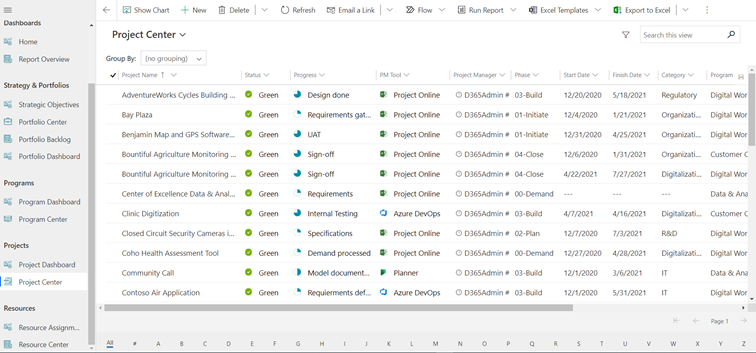Since November 2019, the Microsoft project planning tools family has been enriched with the arrival of Project for the Web. It is true that the Microsoft offer for this type of tool was positioned in between Project Online, a complex and feature rich project and portfolio management solution, and Planner, a tool that was on the contrary very simple and intuitive but too far away from the classic needs of project management.
Project for the Web, the ideal compromise
Project for the Web provides the ideal tool for a population of users that Microsoft calls "occasional project managers" or, more generally, users with little training in planning techniques or whose needs do not require the implementation of complex solutions: complete and native integration with Microsoft 365, simple and very intuitive to use, very fast implementation and a tool designed for collaboration.
With Project for the Web, the creation of a project plan is fast and, in a few minutes, it is possible to build a task schedule that can be assigned to team members. The views allow to create the basis of a plan structured in tasks/subtasks, an identification of the resources that will carry them out as well as an estimation of the durations and/or workloads.
To take the good ideas from Planner, it is possible to see the project as a Kanban.
And to take up the good ideas of Project Online, it is also possible to position the tasks in time to have a Gantt Chart type view.
How do I get to the next step?
No more toolbar, no more save, no need to be initiated to planning methodology, this solution has everything to please. But, even if you have modest needs and you are not an experienced project manager, you quickly reach the limits of what you can do with Project for the Web. The functionalities are limited, and one would like to be able to do more, that is the paradox.
Having said that, Project for the Web is a solution in perpetual evolution, to which Microsoft adds new functionalities at a very fast pace in 2021 (see this link for planned updates https://www.microsoft.com/en-us/microsoft-365/roadmap?filters=&searchterms=project).
But Microsoft can only deliver generic functionalities, useful to the greatest number of people, but cannot foresee the specific needs of each one. There is no doubt that the most requested needs will eventually be made available by Microsoft, but they will be provided in a generic form that everyone would like to adapt to their needs.
The need to consolidate projects into programs or portfolios to provide management with a global view of the activity, advanced characterization of projects to add personalized data (the name of a sponsor, a budget) that can be consolidated between projects, data linked to projects (lists of risks or problems, key milestones) are all customizations that will make it possible to make projects consistent and aggregate information.
Microsoft’s Project Accelerator as starting for customization
The Project for the Web solution is an "App" built on the Power Plaform (Power Apps, Power Automate and Power BI), it is easy to make it evolve. Power App allows to upgrade the data model to add fields and lists of elements linked to each project or task to address specific needs.
As it is not easy to develop from the ground up around the Power App to make the Project for the Web app better, Microsoft has made Project Accelerator available.
This tool proposes several scenarios to evolve Project for the Web:
And with Project Accelerator, everything is customizable. See a field that's not relevant to you? Delete it! Want a different set of choices for fields like strategic alignment? Great! Change them! Most changes don't even involve writing code. Just go into Power App, update the tables, update the forms, and the changes are inline.
It is also possible to create charts and dashboards, directly in the app or with Power BI, that are completely customizable. You can also integrate your processes with Power Automate, with the creation of flows that orchestrate data flows around projects.
To deploy the Project Accelerator in your environment, start by going to GitHub. There, you will find information on how to deploy it, a Power BI template you can run alongside it, and details on the licenses you'll need to run it.
Advanced scenarios for Project Portfolio Management
There is no miracle solution to address all project management needs but having the possibility to start from a solid foundation to build your own solution is an opportunity to have a relevant tool that meets your expectations.
It is even possible to go even further along the same path by creating a more ambitious Power Apps to go beyond Project Accelerator and develop a more complete data model, with data orchestration with Power Automate and, why not, the integration in the same tool of several different sources.
This is the purpose of the CS PPM Power Suite application from Campana & Schott, which not only brings Project for the Web to a project, program, and portfolio management level, but also integrates Planner, Azure DevOps and Project Online solutions for a consistent consolidation of all company projects.

